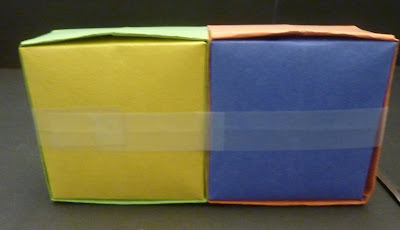It's that time of the year, again. The start of another Tech Challenge at the Tech Museum of San Jose.
This year's challenge is... (from the website)
http://www.thetech.org/tech-challenge-presented-emc
The 2016 challenge: Build a glider to deliver supplies to a remote location!
This year, you tell the story! What is your glider carrying? Where are you going? Why?
New award for 2016: Top Tech Challenge story!
Who: Students in Grades 4-12
What: A team engineering design challenge
When: Event Days are Saturday, April 23 (Grades 4-6) and Sunday, April 24 (Grades 9-12 and Grades 7-8)
Why: To develop creative solutions to a real-world problem
Please check out the challenge and join in on the fun.
I think this is one of the best STEM programs out there, and kids learn so much from the process. Not about STEM, but about very important life lessons such as perseverance, teamwork, problem-solving, leadership, and dealing with multiple, repeated failure.
Sure, it seems like a lot of time commitment, but our teams have spent between 36 - 57 hours (that's from October to April) and attended 3 - 5 test trials in the last three years.
But how much time you spend with your team depends on your team's schedule and availability. I've known teams that attend every test trial each year, and other teams that barely attend one. There is no correct formula to experience this wonderful learning process.
Have a great day.


















































